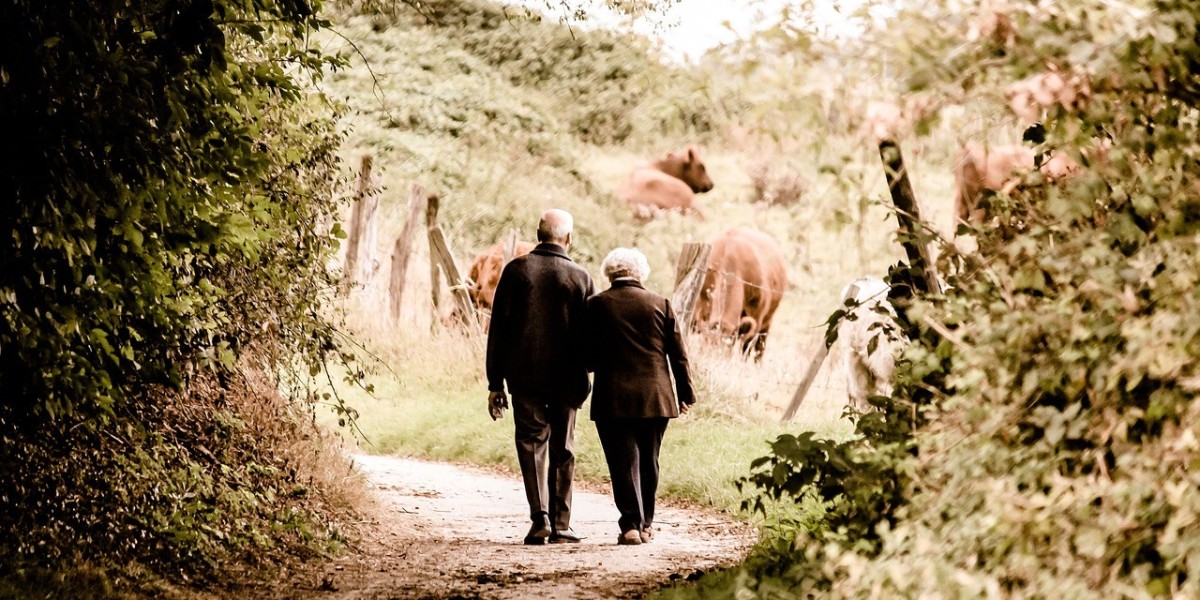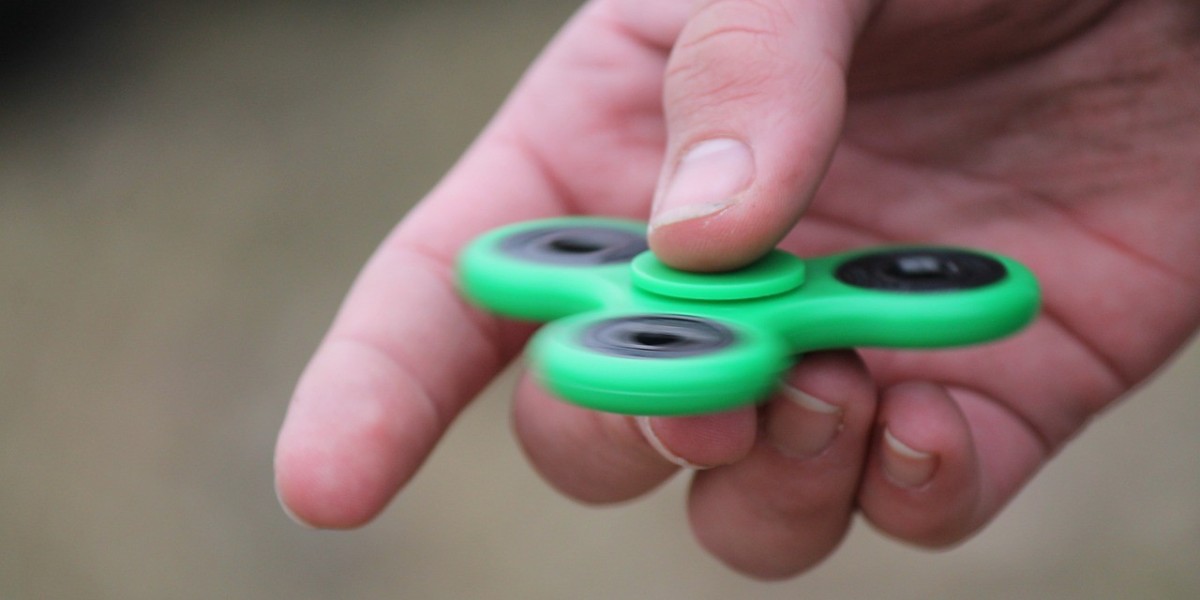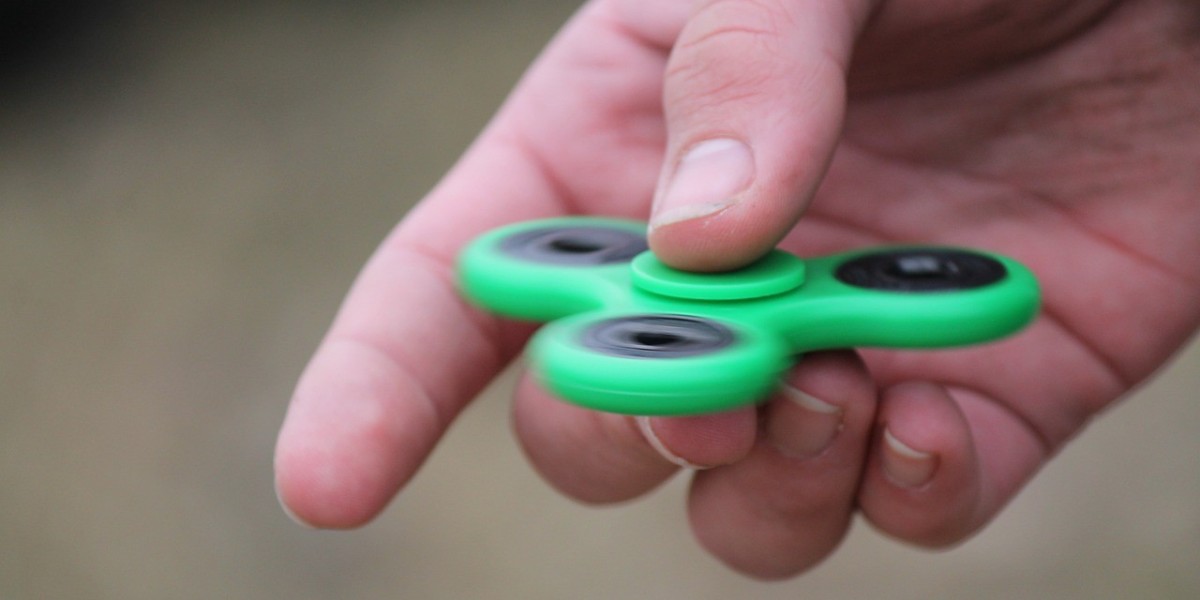Exercise stands as a beacon of hope and empowerment for individuals grappling with Parkinson's disease, serving not just as a routine activity, but as a pivotal component of managing this progressive neurological condition.
Parkinson's disease intricately weaves itself into the fabric of movement and coordination, presenting a myriad of challenges that evolve over time. However, it is within this journey that exercise emerges as a powerful ally.
Through regular engagement in physical activity, individuals can significantly enhance their balance, mobility, and the seamless execution of daily tasks. The mantra "Exercise is medicine!" resonates deeply, as it encapsulates the potential to not only alleviate symptoms but to potentially decelerate the disease's progression.
The spectrum of benefits that exercise offers to those with Parkinson's disease is vast and multi-faceted. It encompasses the fortification of muscle strength and endurance, the enhancement of coordination and gait, and the amplification of flexibility and range of motion. Beyond the physical realm, exercise fosters cardiovascular health, augments cognitive function, and contributes to maintaining a healthy body weight.
Venturing into the realm of suitable exercises for Parkinson's disease, we advocate for activities that are enjoyable, stimulating, and fundamentally safe. Tailoring an exercise regimen to individual preferences and symptomatology is key, with an ideal program encompassing aerobic activities, strength training, balance exercises, and flexibility enhancement. Current recommendations suggest striving for at least 150 minutes of moderate-intensity exercise weekly, a goal that can profoundly impact overall well-being.
Aerobic exercises, often referred to as "cardio," are pivotal for improving overall fitness and specific motor functions. Engaging in activities like walking, swimming, cycling, or rowing can significantly elevate heart rate and stamina. Strength training, on the other hand, focuses on muscle mass development, facilitating daily activities and reducing injury risk through targeted exercises for various muscle groups.
Balance exercises hold paramount importance in mitigating fall risks, with physical therapists playing a crucial role in identifying suitable activities to enhance stability. Furthermore, coordination exercises aim to counteract the challenges posed by Parkinson's on complex movements, incorporating activities that stimulate both lower and upper body coordination.
Addressing cognitive challenges, an inherent aspect of Parkinson's, involves engaging in brain-stimulating exercises. From meditation and music therapy to puzzles and reading aloud, these activities foster mental agility and memory.
Here are some exercise ideas suitable for those with Parkinson’s:
Walking: Start with short distances and gradually increase as comfortable. Use a treadmill for stability if necessary.
Swimming: Provides low-impact resistance and is gentle on the joints while enhancing cardiovascular health.
Stationary Cycling: A safer alternative to outdoor biking, offering cardiovascular benefits without the risk of falling.
Dance: Encourages rhythm and movement fluidity, which can be beneficial for gait and balance.
Water Aerobics: The buoyancy of water supports the body and reduces the risk of falls, making it ideal for improving strength and endurance.
Initiating an exercise regimen might appear daunting, yet the path to improved well-being through physical activity is within reach. Starting with manageable activities and gradually diversifying one's exercise portfolio can yield remarkable benefits. Engaging in Parkinson's-specific exercise classes can offer both physical and communal support, creating a nurturing environment for growth and well-being.








